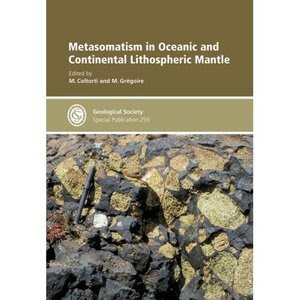
Palaeosurfaces: Recognition, Reconstruction and Paleoenvironmental Interpretation
Publisher: Geological Society of London ISBN: 1897799578 edition 1997 PDF 300 pages 32,7 mb
Palaeosurfaces is an area where geologists and geomorphologists can combine their expertise to provide a more holistic treatment of the processes that helped shape the face of the Earth. This volume presents a cross-disciplinary study of the evolution, reconstruction and palaeoenvironmental interpretation of ancient palaeosurfaces. Topics include palaeoenvironmental studies involving lateritization and bauxitization, palaeokarstification, geochemistry of rock alteration and the identification of ancient palaeosurface elements in both glaciated and tropical terrains.


